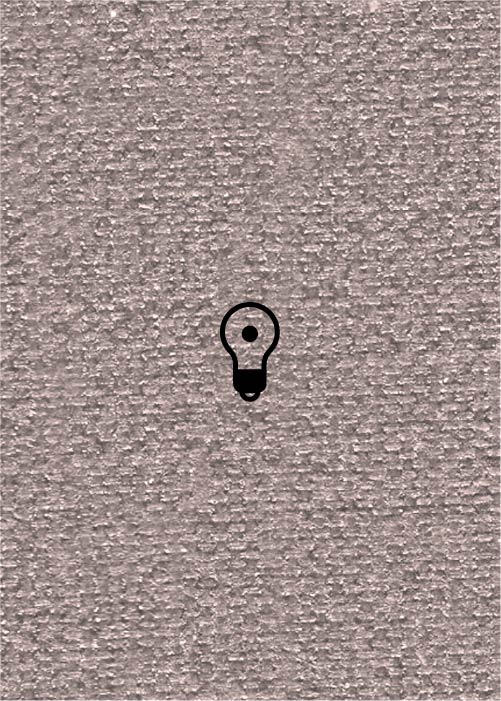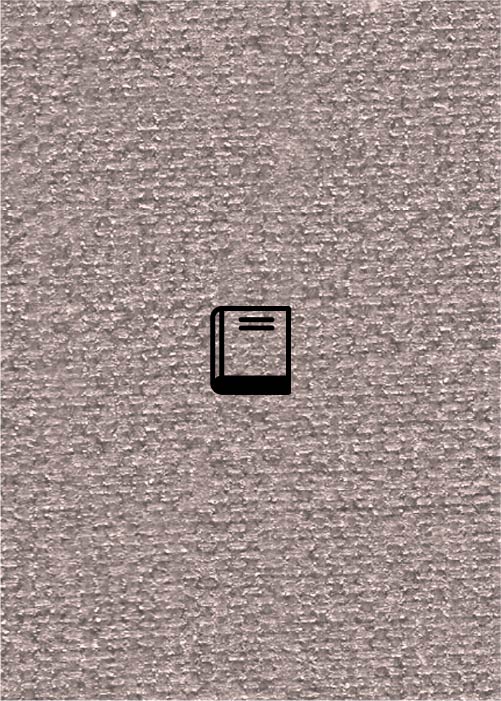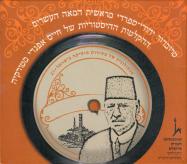(283 results found)

Taksim (LKT)
… that the doyne had been only recently introduced from Romania, replacing an older genre named taksim . The taksim … derived from the improvised instrumental sections of the Romanian epical ballads ( cintece batrinesti ).” Feldman … Tarras in the 1940s as ‘A Heimisher Sher.’ An example of a Romanian taksim may be heard on record no. 6 of Antologia de …
Oren Roman
Researcher of Jewish Ashkenazic culture. Researcher of Yiddish literature, Kreitman Post…

Hora (LKT)
… citation, you get the full reference. “ Hora refers to a Romanian dance and musical genre of great diversity, … genre among East European Jews, is common in northeastern Romania and among Bukovina Ukrainians. Among … p. 3 . ( Recording references included). “Hora: A popular Romanian-Jewish dance in a limping, duple meter, often …
El infante cautivo (Carselero i piadoso, Karselero al piadoso, Carcelaro ipiadoso, Karselero ai piadoso, Karselero i piadoso)
This romance (CMP H16) was popular among the Eastern Sephardi Jews and was documented in…

Sirba
… of each citation, you get the full reference. “ Sirba (Romanian Sirba ) is another traditional Romanian music and dance genre, known throughout the east … the mountainous regions along the Slovak border). While Romanian sirbas are characterized by 6/8 triplet motion in …

Romanzas Sefaradies (SMR Bresler Collection)
Avre tu puerta serrada La mal kazada del pastor Tres hermanikas eran Una…

Vingerka (LKT)
This entry is part of the Lexicon of Klezmer Terminology (LKT). The LKT…




